We all have our moments of longing for refuge. Mine arrived this morning while reading yet another devastating development in public health policy—news that required professional attention but left my spirit bruised. After I’ve done what I can to counter the latest flood of vaccine misinformation, I sometimes feel the need not for distraction, but for something more substantial. When a random Facebook post introduced me to All the Beauty in the World by Patrick Bringley, I discovered the perfect exploration for my own impulse to use art as sanctuary.
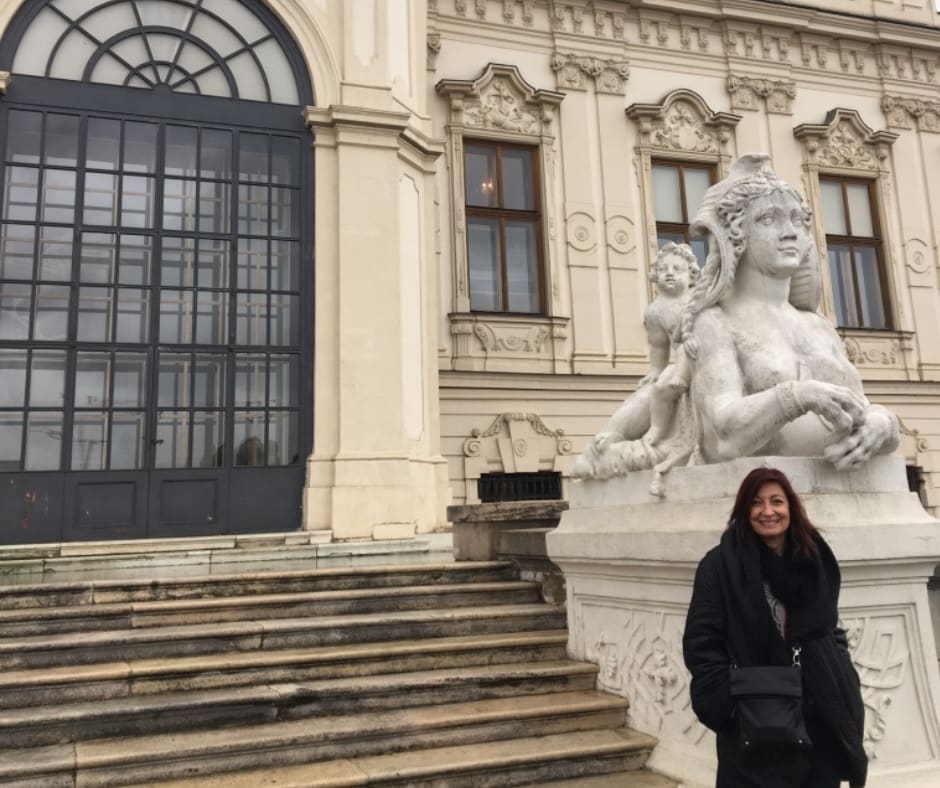
The Museum as Sanctuary: Finding Your Sacred Space
I understand author Bringley’s impulse completely. When his brother receives a fatal cancer diagnosis, he leaves his promising career at The New Yorker and spends a decade as a guard at the Metropolitan Museum of Art, finding solace among treasures that have weathered centuries of human tumult.
When my own art repping business collapsed in the sea change following 9/11, I interviewed with the Minnesota Institute of Art, hoping to find purpose and solace in those marble halls. Writing had other plans for me, but I connected with museum professionals who remain dear friends to this day.
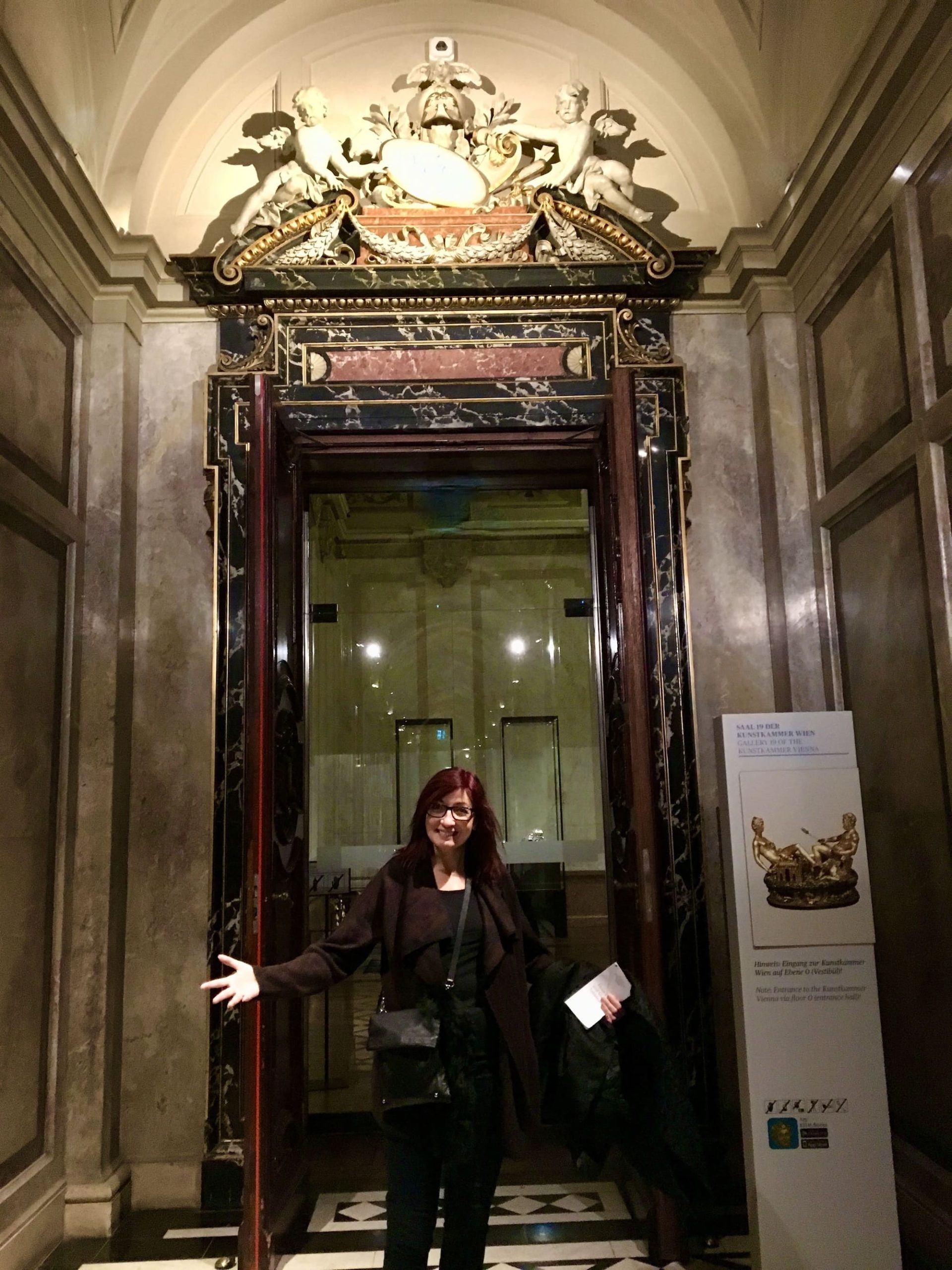
my own experiences with art as sanctuary
Here’s what I do know: Some of my most restorative moments have unfolded in the hushed galleries of the world’s great museums. The power of art as sanctuary was subtly communicated to me from childhood.
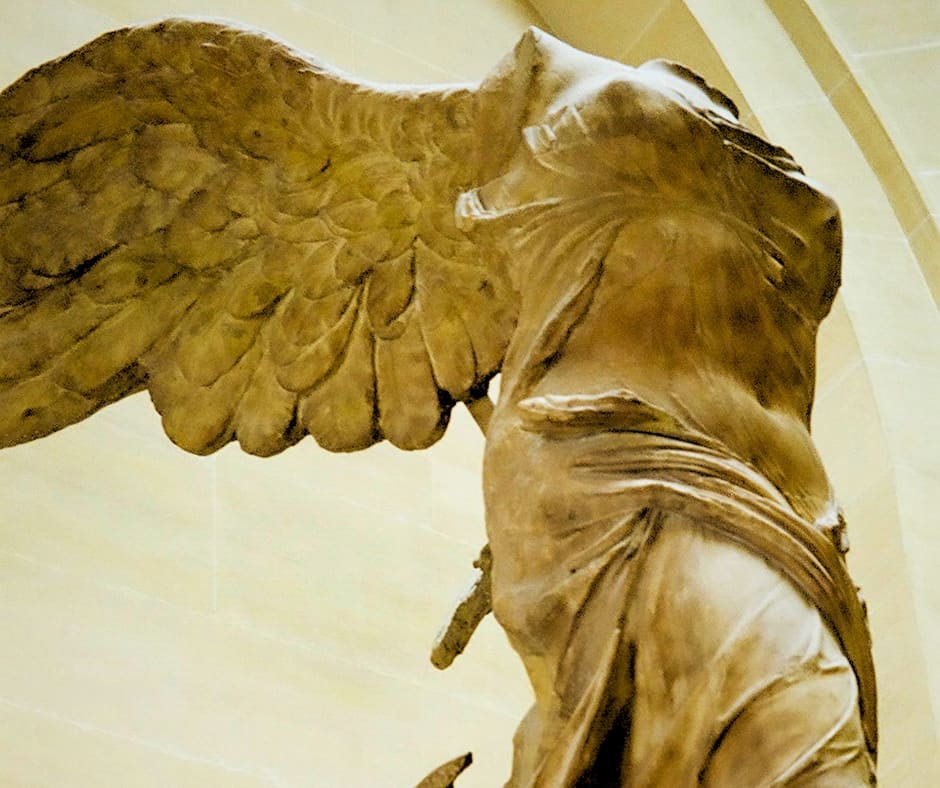
During a trip to Paris, I spent an afternoon at the Louvre tracking down all of the winged art. My ultimate goal: standing before Winged Victory. Since my days as a young college student with a love for art history, I’d dreamed of standing before that fluttering intrepid stone. It was breathtaking to finally behold this inspiring tribute to courage in person. It is a memory of the power of art that stays with me still.
My godmother took me through the galleries of the Chicago Art Institute, where she taught me so much about art that I tested out of introductory Art History in college. Decades later, when I was running my own business and needed to refill the well, I’d grab the Amtrack to Chicago and spend a day wandering the Institute. The restorative power of one day in the company of the art where I always found sanctuary can’t be overestimated.
Fortuitous timing of a stay in Vienna enabled me to drift through the Kunsthistorisches Museum after dark, in search of Klimt. Night’s shadows only enhanced the sense of art as sanctuary on that magical night. It was a search—I thought I was looking for paintings. A helpful guard finally directed me to the grand hall where Klimt’s paintings floated between pillars high above stone staircases.
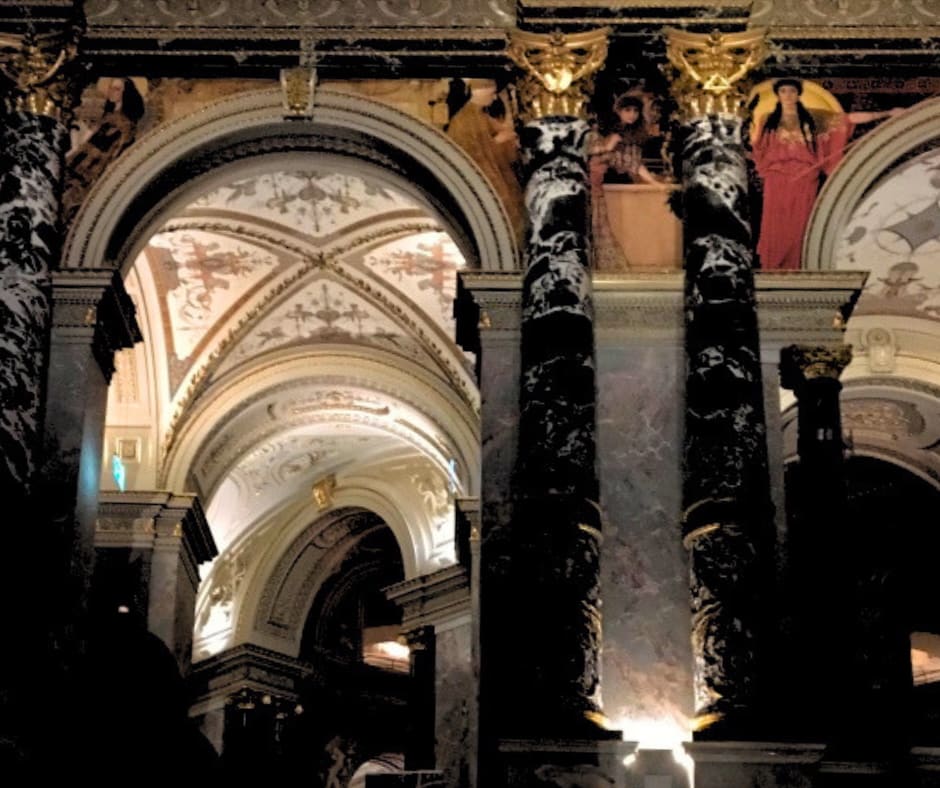
I bring all Twin Cities visitors to the Minneapolis Institute of Art—fondly referred to as MIA by locals—to stand in the meditative quiet of the Asian art collection donated by the Dayton family. The serenity of those pieces never fails to envelop me in a sense of calm sanctuary.
And after years of near success, I was finally in Prague when Mucha’s twenty monumental murals depicting the heroic history of his Czech people were on exhibit. The Slav Epic murals were his lifework; the images he dreamed of making while he worked in Paris creating the art that would define Art Nouveau. He was arrested by the Nazis shortly after completing them, and tragically died as a result of his imprisonment. The epic scale of these murals, in combination with the personal cost to the artist, was irresistible. I longed to see them in person.
The murals are so large that they are difficult to display. Over the years, they’ve frequently been stored away and not available to the public—as they were during my first trip to Prague. Fortunately, the timing of my next visit was more fortuitous. I stood in dimly lit galleries with those moving, overwhelming canvases for hours, reading about the historic events represented in each mural. The memory still takes my breath away.
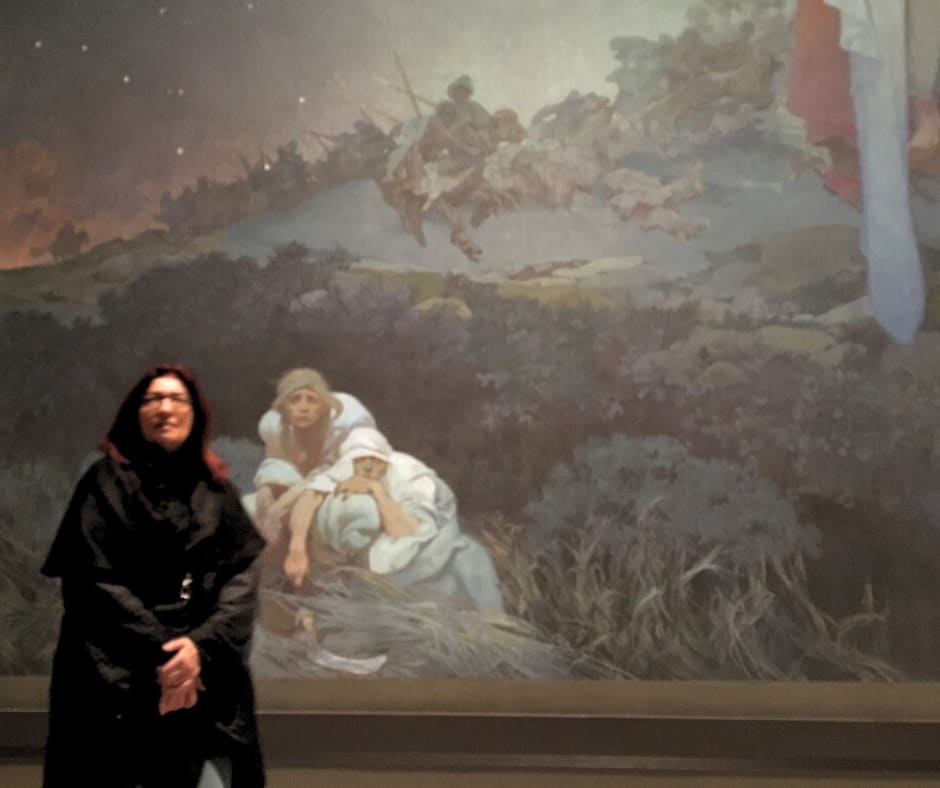
These weren’t casual tourist visits; they were immersions in art as sanctuary. Call them pilgrimages to places where beauty has been deliberately preserved, where human creativity speaks across centuries with undiminished power. Standing awestruck before Winged Victory at the Louvre was one of my most powerful encounters with the embodiment of bravery in stone. Here is a figure who has lost her head and arms to time’s ravages, yet her stance radiates such triumphant defiance that I feel courage ignite in my own heart.
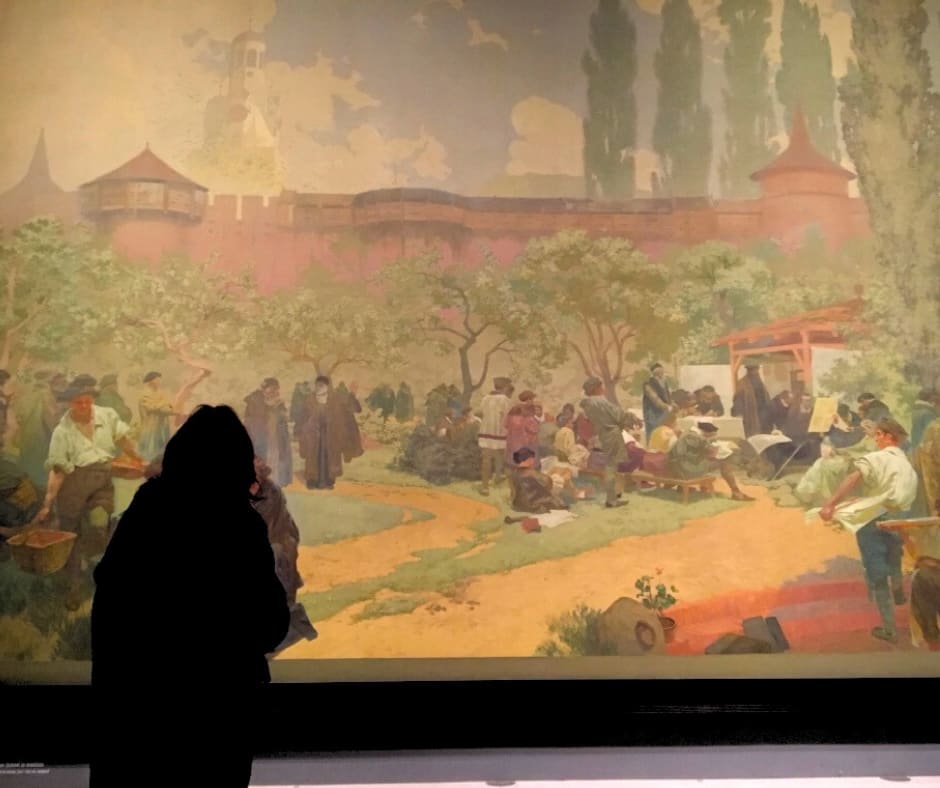
When Ordinary Comfort Isn’t Enough
Bringley’s story resonates because it acknowledges something many of us understand but rarely articulate: sometimes conventional sources of comfort simply aren’t sufficient. After his brother’s diagnosis, he needed refuge from what he calls “the mundane clamor of daily life” and instinctively sought it in “the most beautiful place he knew.” This wasn’t escapism—it was a deliberate choice to surround himself with evidence of human resilience and creativity.
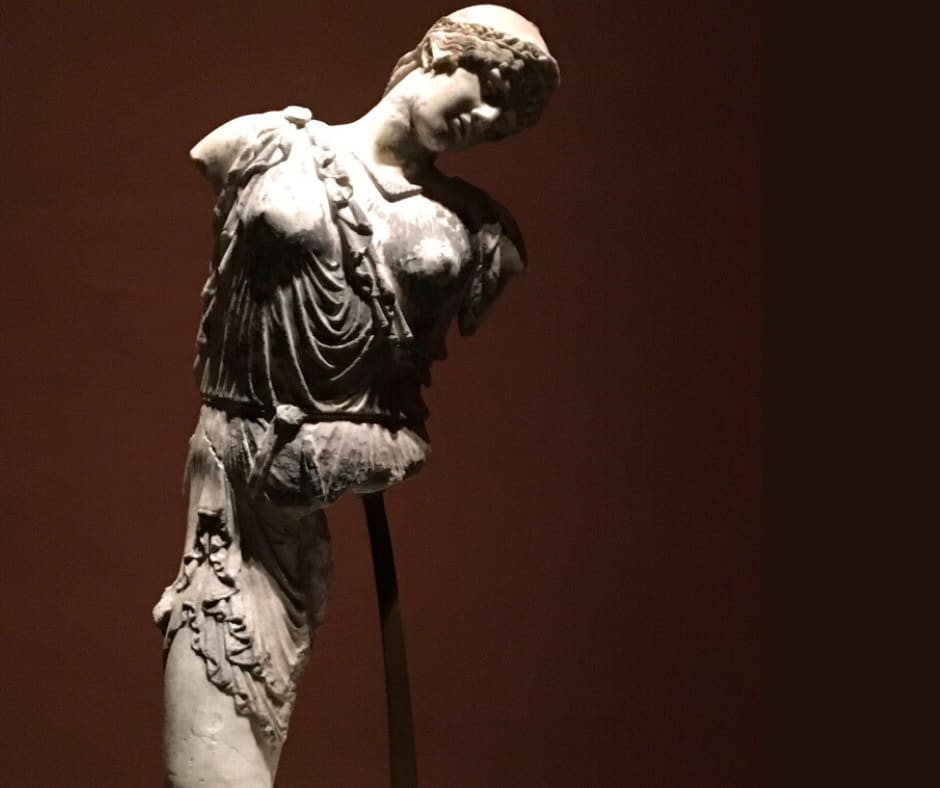
For a decade, he stood guard over works that represented the best of what people can create when they refuse to let darkness have the final word. His experience speaks to those of us who work in fields where difficult truths are daily currency. Whether you’re tracking public health policy, covering conflict zones, or simply trying to carve a path in a world that often feels increasingly volatile, there are moments when your soul requires something more substantial than shallow entertainment or temporary distractions.
The Radical Act of Choosing Beauty During Crisis
What strikes me about Bringley’s choice—and what draws me to his book—is the recognition that seeking beauty during difficult times isn’t indulgent. It’s strategic. It’s a way of remembering what we’re working to protect and preserve. It refills the well.
In my professional life, I’m often immersed in policy developments that can strip away faith in institutions, in human wisdom, in our collective ability to make sound decisions. These realities demand attention, but they don’t have to define my entire emotional landscape.
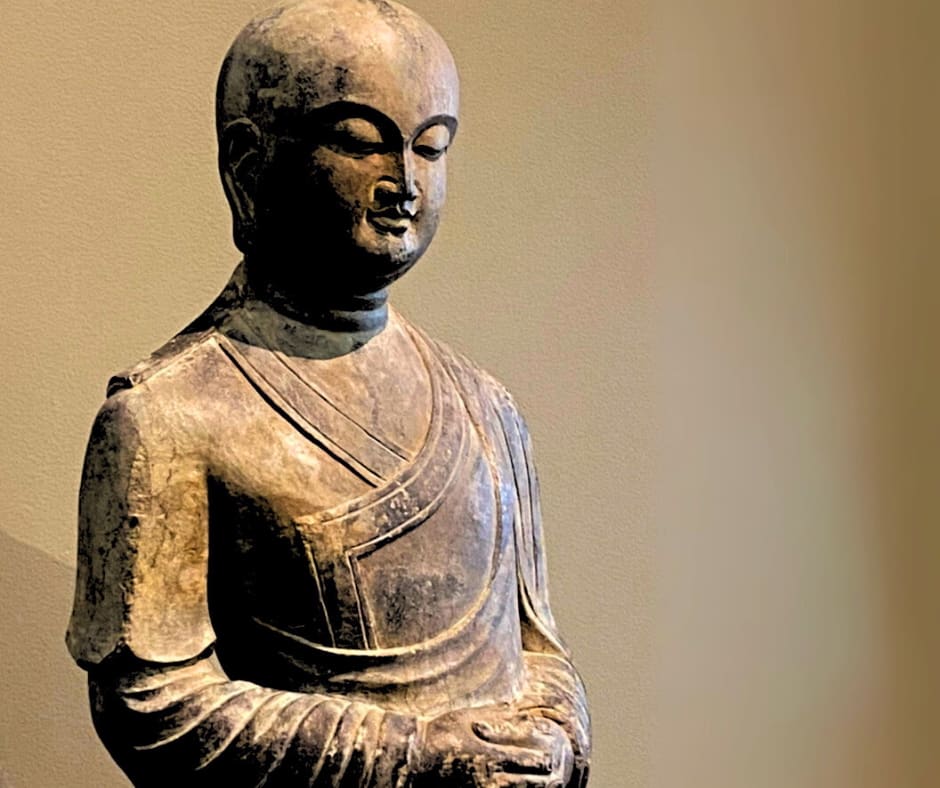
The art that has spoken to me most powerfully over the years carries its own form of testimony. Mucha’s murals in Prague tell the story of a people who endured occupation and oppression while never losing their cultural identity. They were Mucha’s life work, and he painted them as Hitler’s shadow spread across Europe. The serene faces in MIA’s Japanese galleries reflect aesthetic traditions that survived natural disasters and social upheaval. This sense of art as sanctuary provides a framework for resilience that goes far beyond mere aesthetic appreciation.
Finding Your Own Sanctuary to Cultivate Professional Resilience
I suspect All the Beauty in the World will become exactly the kind of book I need within reach—something to turn to when headlines feel particularly heavy. Not to escape reality, but to remember that beauty persists, that humans have always found ways to create meaning and preserve what matters most, even in the darkest chapters of history. This approach to difficult times isn’t about denial or privileged detachment. It’s about consciously choosing to feed the parts of ourselves that enable us to continue engaging with hard truths without becoming cynical or hopeless.
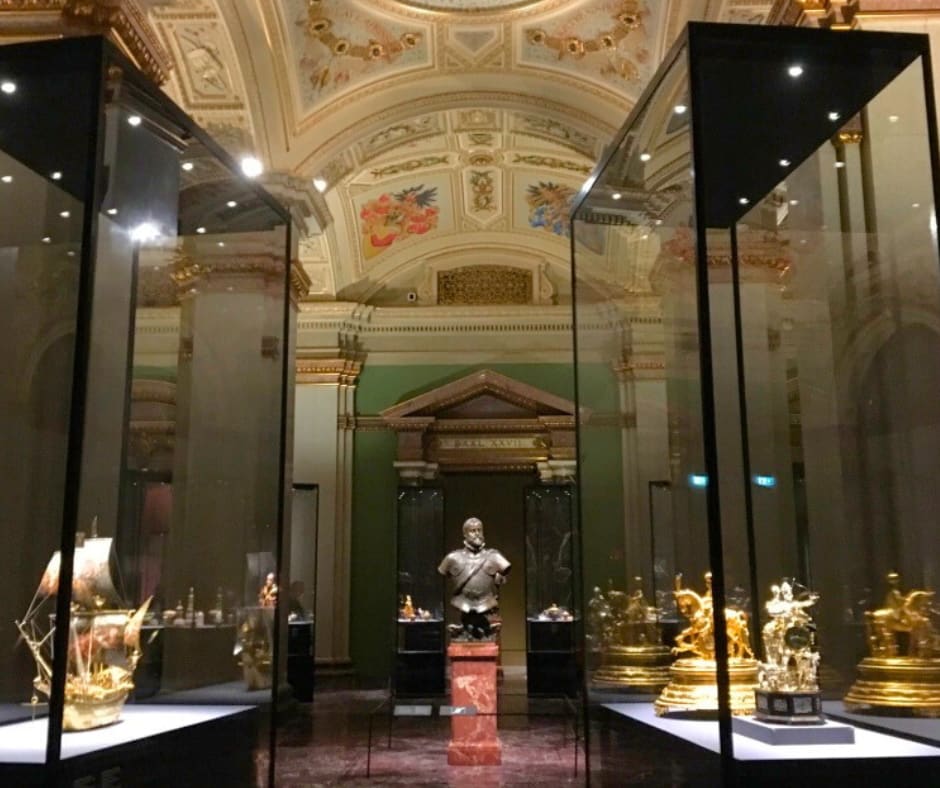
For professional women navigating demanding careers in challenging fields, this kind of sanctuary isn’t luxury—it’s necessary. Whether your refuge is found in museum galleries, literature that has endured across generations, music that transcends its historical moment, or any other form of beauty that moves you, the principle remains the same: sometimes the most radical act is choosing to nourish your soul when everything around you feels destructive.
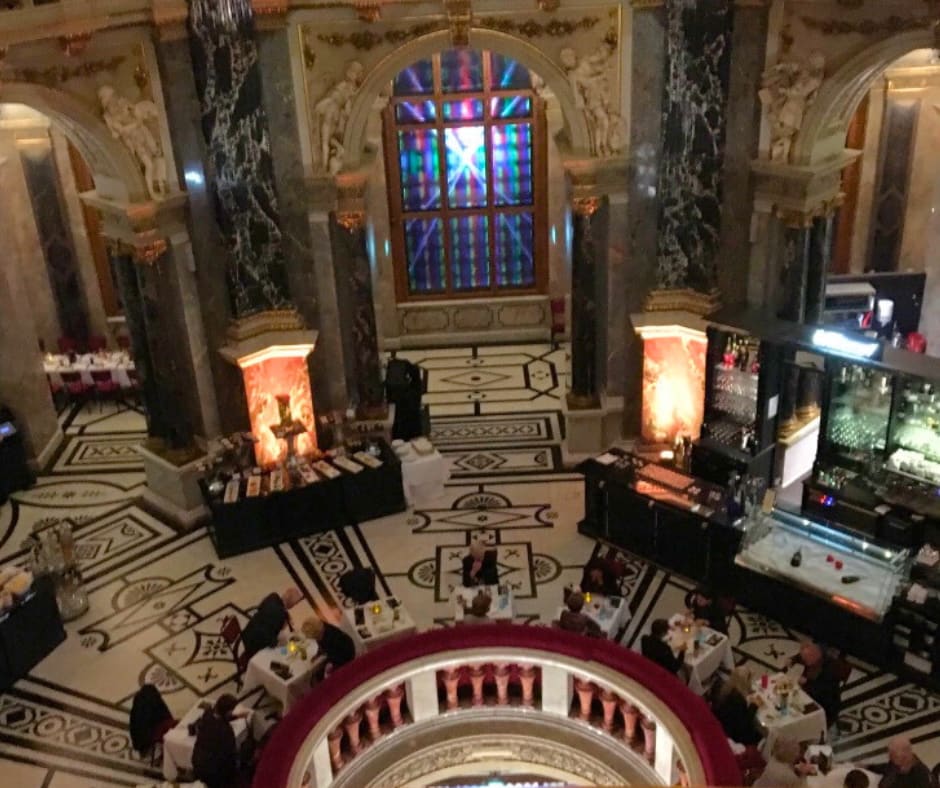
Conclusion
The world needs people who can look directly at difficult realities while maintaining their capacity for wonder, hope, and appreciation for what humans can create at their finest. Art provides one pathway to that essential balance—a reminder that even in the midst of chaos, beauty not only survives but continues to emerge.
In a world that often feels determined to strip away our faith in human nature, choosing to seek and create beauty becomes its own form of resistance. As Bringley discovered during his decade among the treasures of the Met, sometimes we find our strength not by turning away from the world, but by remembering what it contains that’s worth protecting.
Where do you turn when you need to restore your faith in what humans can create at their finest?
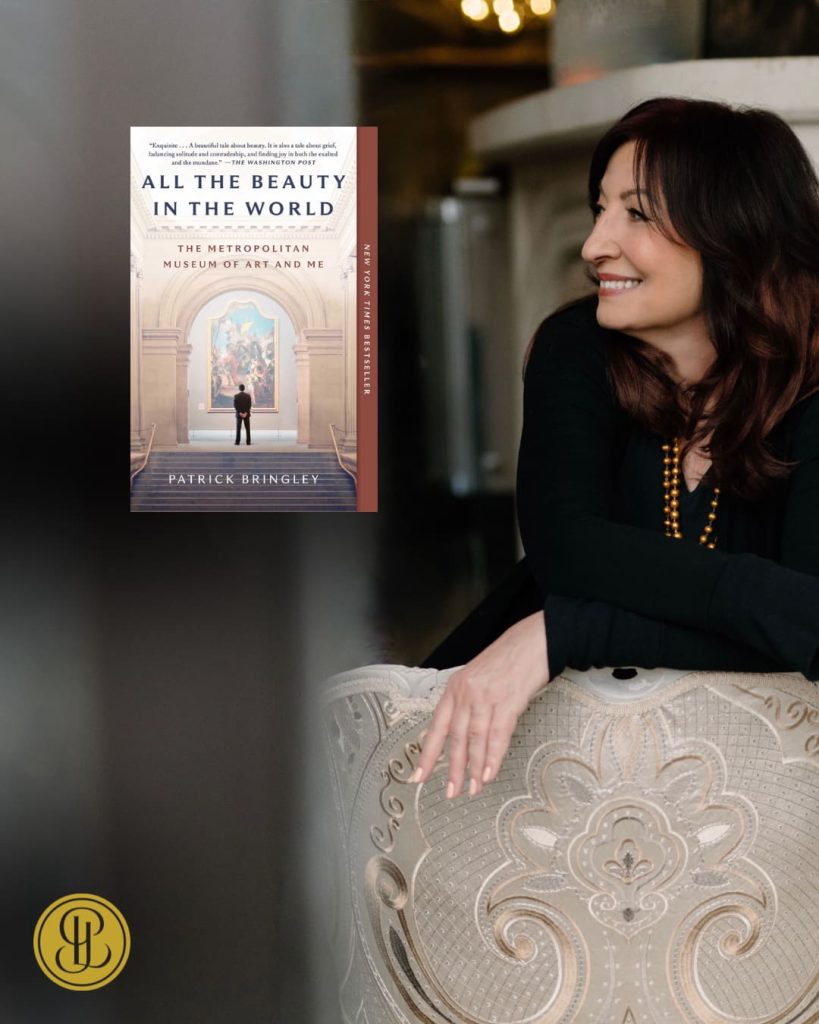
Want to learn more? Check out these resources:
- Buy All the Beauty in the World; The Metropolitan Museum of Art and Me
- Explore my hometown Minneapolis Institute of Art
- Learn more about the Prague museum dedicated to the career and work of Alfons Mucha
- Check out the current exhibits at the Kunsthistorisches Museum in Vienna
- Visit the website of The Met, the museum where this book takes place




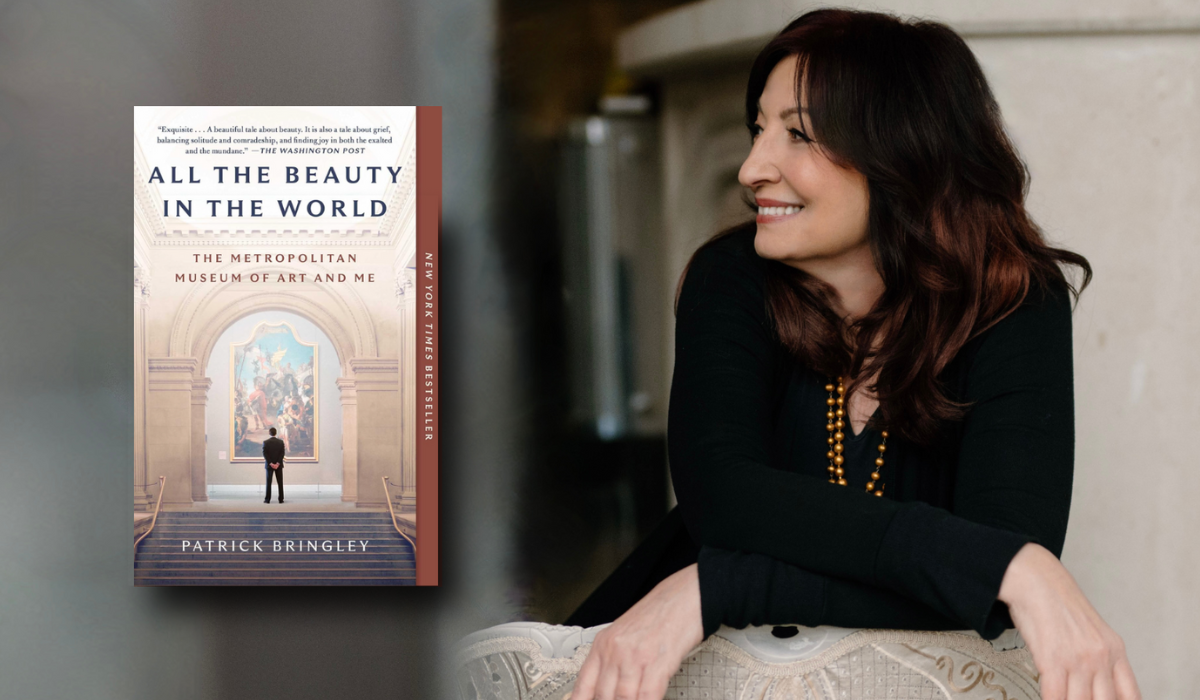
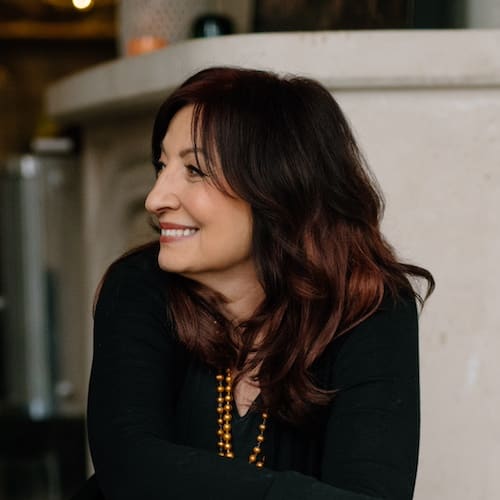
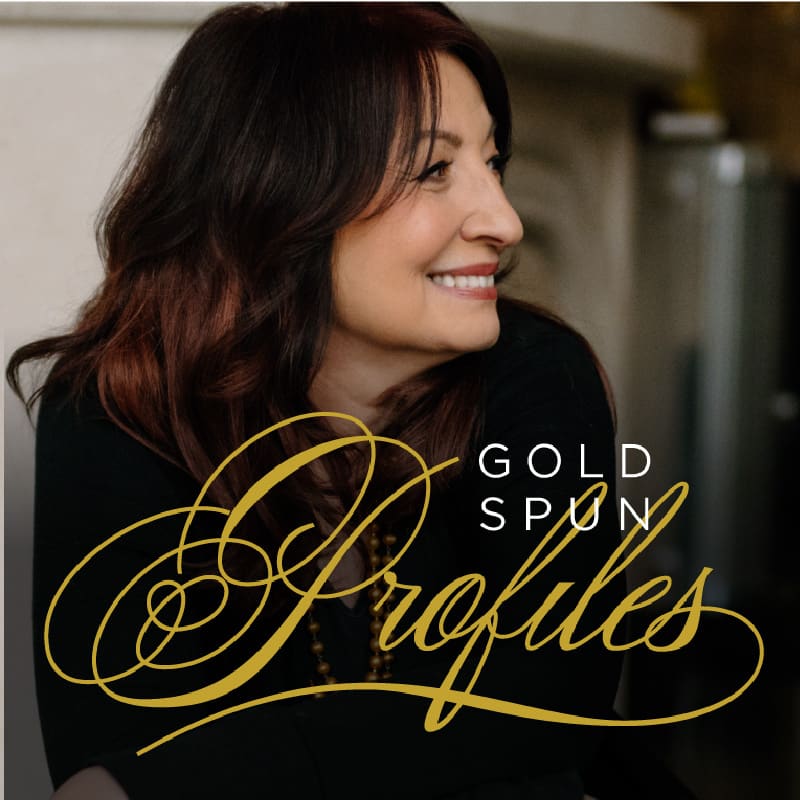
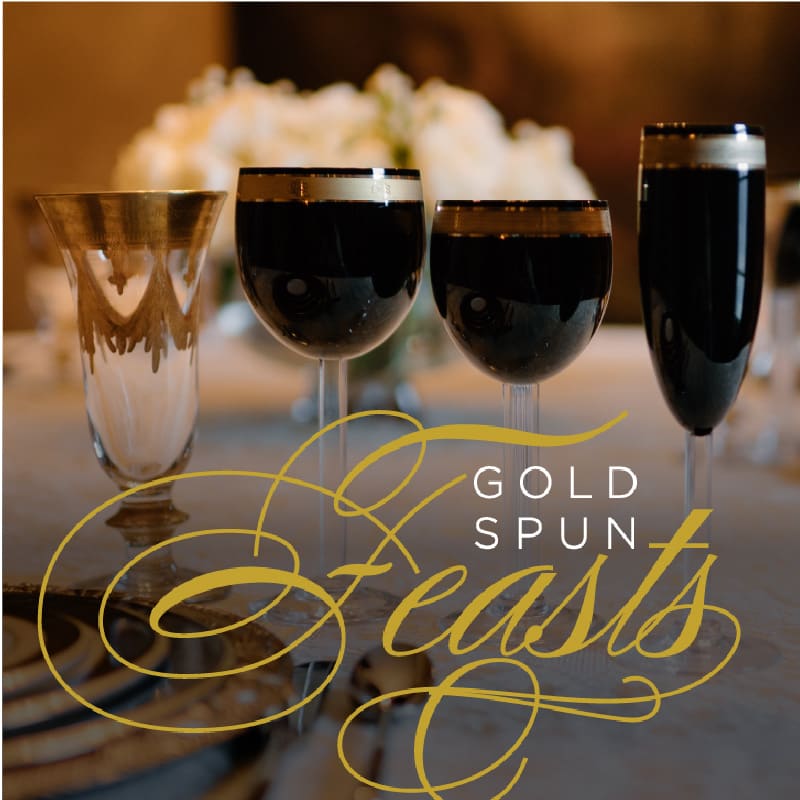


0 Comments